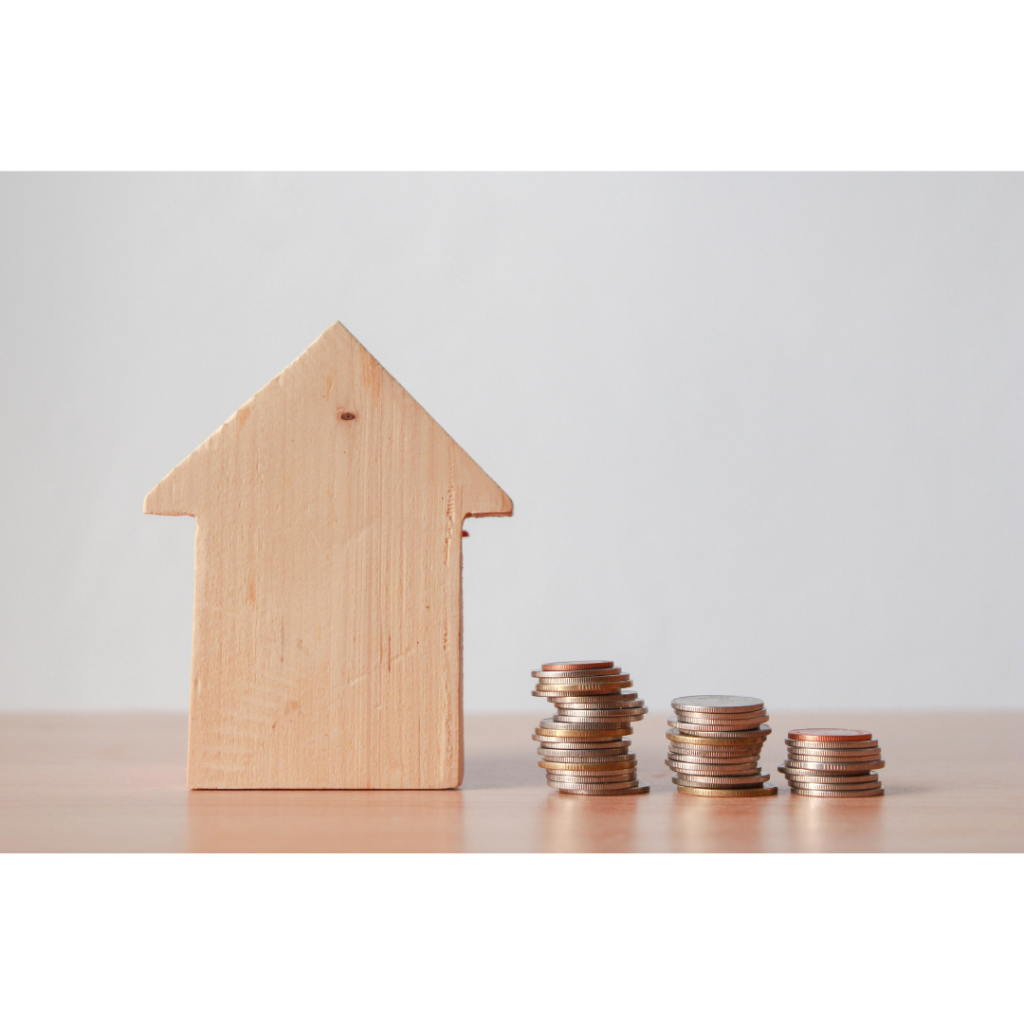How do I get the most cash out when refinancing my investment property?
Can I refinance from my personal name into an LLC?
September 22, 2022How long do I have to wait to refinance after buying property cash?
September 22, 2022
A recent survey found that housing prices increased by about 20% in the previous year. As a result, this is a great time for investors who want to cash out on their equity. You can build your investment portfolio, pay for home improvements, or take care of personal expenses with a cash-out refinancing on investment properties. First, however, you’ll have to fulfill more stringent eligibility standards.
Everything you require to be eligible for this refinance loan and the most effective ways to use one are included in this article. Our goal is to give you the tools and confidence you need to improve your finances. So, continue reading to fill your toolbox with the greatest advice you can employ to cash in on the equity you’ve accrued.
What is a cash-out refinance?
A cash-out refinance is a type of mortgage refinancing that enables you to cash out your home equity. This occurs when your new mortgage amount exceeds your prior mortgage balance, and the excess is paid to you in cash.
Refinancing is a common process in the real estate industry for replacing an existing mortgage with a new one that often offers the borrower more advantageous terms. For example, you might be able to cut your monthly mortgage payments by refinancing, as well as lower your interest rate, renegotiate the periodic loan conditions, add or remove borrowers from the loan obligation, and, in the case of a cash-out refinance, access cash from the equity in your home.
When a homeowner refinances with a cash-out mortgage, they take out a new loan for more than they owe and be paid the difference in cash minus closing costs.
For instance, if you have a mortgage balance of $100,000 for your investment property and refinance for $150,000, you will receive $50,000 in cash. This kind of financing is offered on both personal houses and investment properties.
The interest rate on your investment property refinances may be 0.5% to 0.75% higher than a conventional refinance since investment properties entail more risk. Rates may even rise further if you borrow money for the transaction.
Cash-out refinances also take time to complete; they typically take 30 days on average, but they may take longer in more active markets.
You can get your cash-out refinance started with us at Aurum and Sharpe. In just a few minutes, you can compare the prequalification rates offered by our partner lenders. Just follow the following simple steps:
- Receive the cash you require at the rate you deserve.
- Screen lenders
- Take out a loan to settle high-interest debt.
- Prequalify in just a few minutes
How does it work?
The cash-out refinancing process is the same for a primary dwelling and an investment property. You obtain a new loan larger than the one you already have and utilize the extra money to pay off your existing mortgage. The difference is then paid to you in one lump sum. You can use the money for anything you like, including purchasing new properties, settling personal loans and credit card debt, and even expanding your investment portfolio.

Why get a cash-out refinance on your investment property?
The proceeds from a cash-out refinance on your investment property can be used in the following ways:
Improve your home
The money for your investment property’s essentials upkeep and repairs can be made available through a cash-out refinance. Or perhaps you’re planning some renovations to raise the value of your rental property; whatever you decide to accomplish, each project can enable you to enhance the rent and, thus, your monthly income. Furthermore, you might be able to recuperate the costs of the cash-out refinance by selling the house later if it increases in value even more.
Purchase a second rental property
Additionally, you can use cash-out refinance money as a down payment or even the entire purchase price for a new investment property. Using the profits from your first investment increases your real estate portfolio.
Pay off personal debt
A cash-out refinance is frequently used by homeowners to pay off higher-interest debt, such as credit cards. While you still have to pay back the money from the refinance, you can save a lot on interest costs overall.
Keep some emergency cash on hand
Financial experts normally advise having three to six months’ worth of spending in savings, but if you own rental properties, you might want to save even more. In a financial emergency, this can assist you in continuing to pay your bills, make mortgage payments, and otherwise maintain your lifestyle.
You might be able to create this fund by taking advantage of a low-interest equity loan while you’re still eligible for one. Make sure you can afford the increased payments with a cash-out refinance.
Requirements for cash-out refinancing on investment properties
Since investment homes are “non-owner-occupied,” the lender is more at risk when offering a cash-out refinance on these properties. Because of this, the lending criteria are a little more stringent than if you were refinancing your primary house.
You’ll need at least 25% equity in the rental property following the refinance, and your lender may want a minimum credit score of 640 to 680. Typically, lenders only require a 620 credit score for a traditional refinance on a primary residence.
According to the lender, you might also need to have cash reserves in the bank.
You can only use a conventional loan for a cash-out refinance on an investment property. In addition, cash-out refinances are not permitted on loans backed by the Federal Housing Administration (FHA loans), the Department of Veterans Affairs (VA loans), or the U.S. Department of Agriculture (USDA loans).
The maximum loan-to-value ratio of 70% to 75%
A loan-to-value ratio (LTV) compares the amount owed on your existing mortgage to the market worth of your home or the equity you now own in it. To purchase an investment property, you need a down payment of between 15 and 20 percent. Thus, the maximum LTV is between 80% and 85%. On the other hand, the maximum LTV for a cash-out refinance on an investment property ranges from 70 to 75 percent, depending on the lender and whether the loan has a fixed or adjustable rate.
Because they want you to be able to afford the monthly payment and keep a stake in the home, lenders set limits on the amount of equity you are allowed to borrow against. The LTV ratio requirement is based on the number of units you hold for both Fannie Mae and Freddie Mac.
A minimum credit score of 640 to 680
Your credit score significantly influences your ability to obtain a cash-out refinance. Various variables affect the minimum credit score requirements, including:
- Investors with a single rental property: A credit score of at least 660 is required for borrowers with a debt-to-income ratio (DTI) of 36% or less and an LTV of 75%. For borrowers with a DTI of 45% or less, the threshold rises to 680 or higher.
- Investors with two to four units: Depending on their LTV ratios, borrowers may need credit scores as high as 700.
Minimum 0 to 6 months’ payments in reserve
Lenders could insist that you have cash reserves in the bank for emergencies like vacant units. The other elements of your financial profile will determine how much reserve money you’ll require:
- Investors with a single rental property: If your LTV and DTI percentages are low, you won’t require any cash reserves.
- Those who own two to four units: It can be necessary for borrowers with a high DTI and a bad credit score to demonstrate that they have up to a year’s worth of reserves in the bank.
A waiting period of 6 months after a home purchase
The money from a cash-out refinance can be used for almost anything. However, you cannot finalize the deal until you have held the property for at least six months.
There are exceptions, such as if you inherited the property or received it as part of a divorce or legal separation. No matter how many units you own, your maximum LTV will be set at 70% if you are granted an exception.

How to Carry Out a Cash-Out Refinance on a Rental Property
The typical procedures to take when refinancing a rental property to pull a cash-out are as follows
1. Compile the paperwork that the lender needs.
- Income documentation, such as pay stubs or bank statements in the case of a self-employed person.
- W-2, 1099, or most recent tax returns copies to prove income and employment history.
- Proof of coverage for rental properties and homeowners insurance.
- A copy of the title insurance policy you obtained when buying the property.
- Additional asset and debt data, including details on personal and company checking and savings accounts, retirement and brokerage accounts, and details on outstanding debt and recurring payments.
2. Apply for cash-out refinancing of your rental property.
While lenders are free to establish their requirements for refinancing a rental property, most adhere to the standards established by Freddie Mac and Fannie Mae.
Nevertheless, depending on your relationship with the bank and the present performance of your rental property, some lenders might be open to negotiating the interest rate and loan fees with you.
3. Lock down the interest rate
Following the lender’s approval of your application for a cash-out refinance on your rental property, you often have the choice of locking in your interest rate.
Depending on the type of loan and the property, interest rate locks might last between 15 and 60 days. By fixing the interest rate, you can review the parameters of the cash-out refinancing without being concerned that it will rise or fall.
Investors anticipating a fall in interest rates may opt to let the rate float rather than lock it in. On the other hand, locking in the interest rate offers safety in case rates start to increase.
4. Underwriting
The procedure you go through when screening a potential tenant is identical to what you do when underwriting a loan. The underwriter will check your income, employment history, and assets once they have all been received.
Ordering an appraisal to establish the fair market value and inspecting the property are steps in the underwriting process for a cash-out refinance on an investment property.
The appraiser can better understand the true value of your rental property through financial reports like these, as well as the income the property is producing and any modifications and changes you’ve done recently.
5. Close on the loan refinancing the rental property
Closing on your loan is the last step once underwriting is finished and your refinancing loan is fully approved.
A Closing Disclosure, which contains information about your cash-out refinancing rental property loan, including closing charges, will be provided by your lender a few days before the transaction closes. You will have the chance to go through all of the loan paperwork at closing, ask your lender for any concerns you may have, and make sure the fees and interest rates are accurate.
You will receive the cash from your cash-out refinance when the loan closes, typically within one or two business days.
Mortgage Rates
DSCR Mortgage: 7.375%
Commercial Mortgage: 7.5%
Single family, Condo Investment Property: 7.375%
Portfolio of Residential Homes: 7.5%
Calculate Your Monthly Payment
Mortgage Information
Monthly Payment
Principal and Interest: $0
Total Monthly Payment: $0


